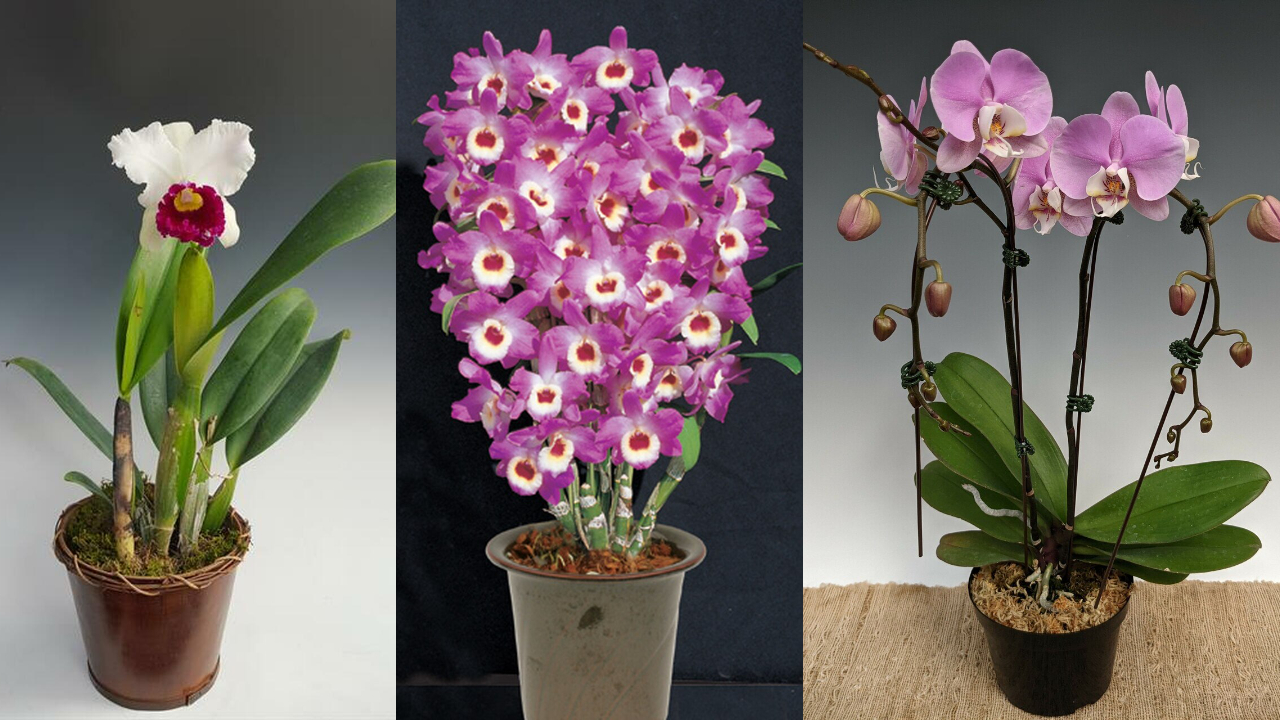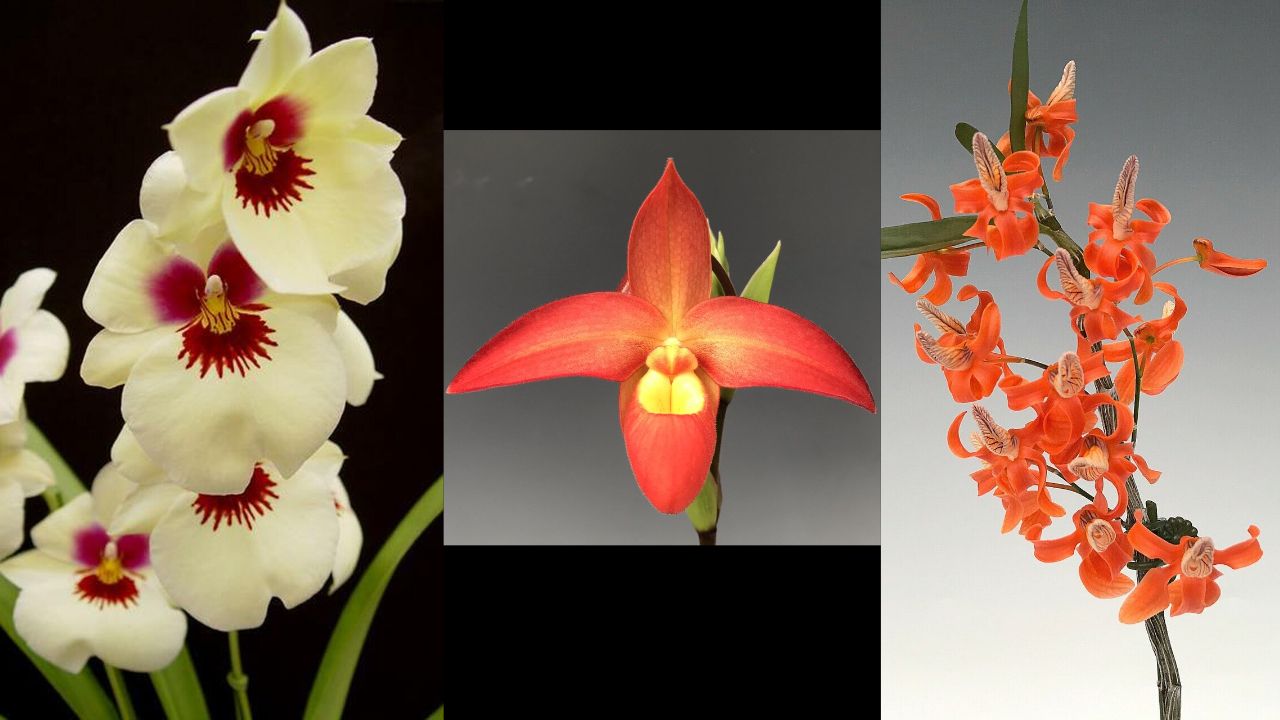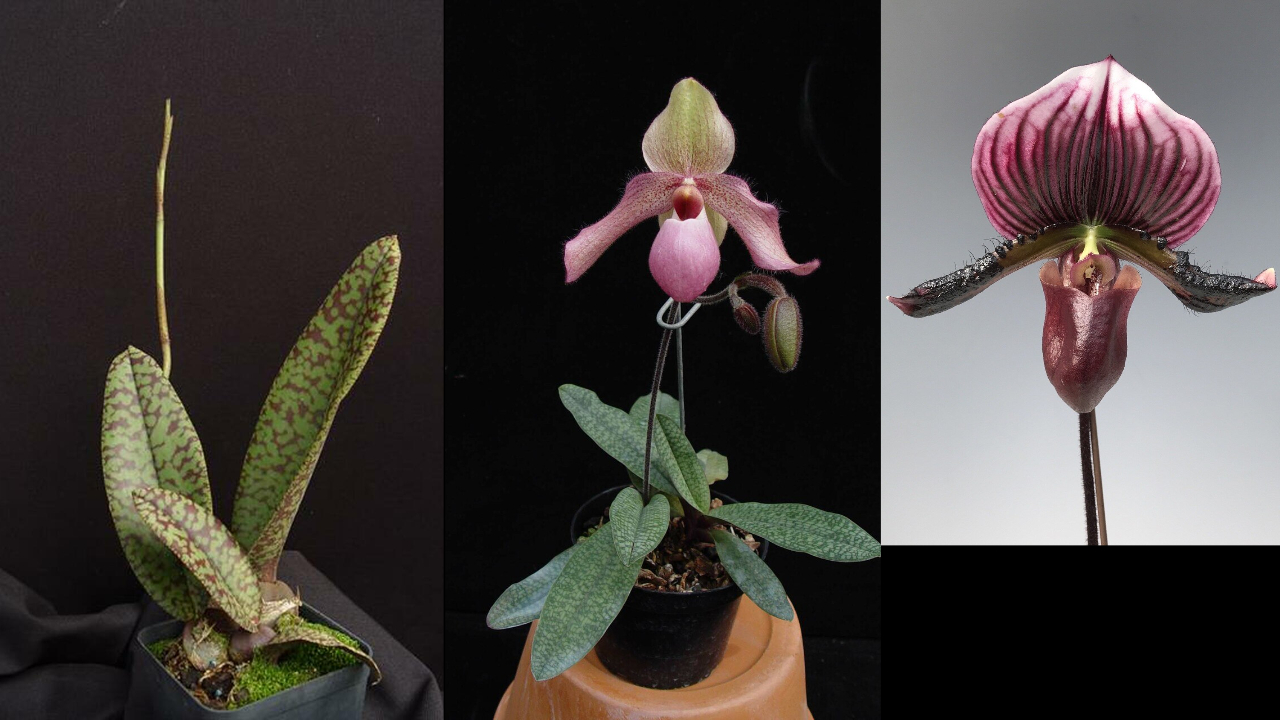The Fascinating Functions of Plant Pigments
Posted by Adam Kostanecki on Mar 30, 2021
We are taught at an early age that plants are “green," when in fact there is much more to the story. Let's explore the wide diversity we witness in plant foliar pigments.
In reality, plants can display orange, yellow, red, pink, purple, and blue colors in addition to their traditional green appearance. But what exactly are plant pigments? Put simply, they are organic compounds utilized to power and protect the plants that produce them. For starters, we’ll cover four categories of plant pigments.
The most commonly known green pigments are chlorophyll a and b, which capture light in photosynthesis, allowing plants to produce sugar and expel oxygen as a byproduct. That’s good news for hungry, oxygen-breathing mammals like us!

The orange, red and yellow pigments that we encounter in the autumn season are carotenoids - pigments with a dual purpose! These are used to extend the range of the light absorbed in photosynthesis and to absorb excess light energy on days with overly intense sunlight. After absorbing the excess energy, the excited carotenoids gradually release it as heat, protecting the chlorophyll that could otherwise have been damaged. You encounter carotenoids more often than you may think, since this is the pigment that lends carrots their bold orange color.

The deep purple pigments you might see in plants exposed to prolonged bright sunlight are anthocyanins, another Swiss-army knife pigment with dual protective functions. In addition to absorbing ultraviolet light that could otherwise be damaging to the plant cell, these pigments also protect against frost damage. A high concentration of this pigment is one of the reasons behind the vegetable kale’s frost hardness. Not only that, but the color of anthocyanins is pH dependent and is the reason behind hydrangea color variation.

Finally, our last pigment group for the day are flavonoids, the compounds we so often are looking to include in our diets in the forms of fruits and vegetables, due to their antioxidative and anti-inflammatory health benefits. In plants, they serve a multitude of functions, including yellow, red and blue flower color, UV light filtration, antimicrobial defenses, and assistance in cold and heat tolerance. Talk about wearing many hats! Now, anthocyanins technically belong within the flavonoid category, but we gave them their own section since their deep purple color plays a prominent role in common leaf varieties. It’s with the help of other flavonoids, however, that fruits and vegetables come to the table in a wide variety of colors and health benefits!
While this article only scratched the surface of how plants bring their pigments to life, I hope this brief introduction helped color in some of the blank spaces in your plant knowledge. Who knows, it may even come in handy? Next time you’re on Zoom with your family and friends, you can point out the purple-variegated houseplant in the background and say, “Check out the anthocyanins on that beauty!”
Cheers!
Adam Kostanecki